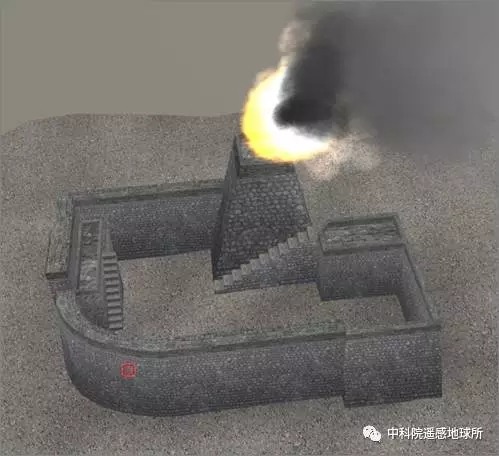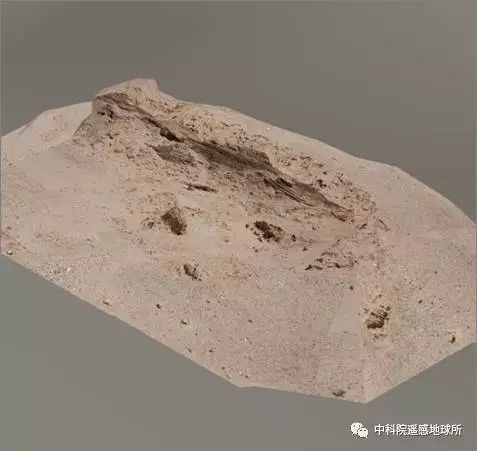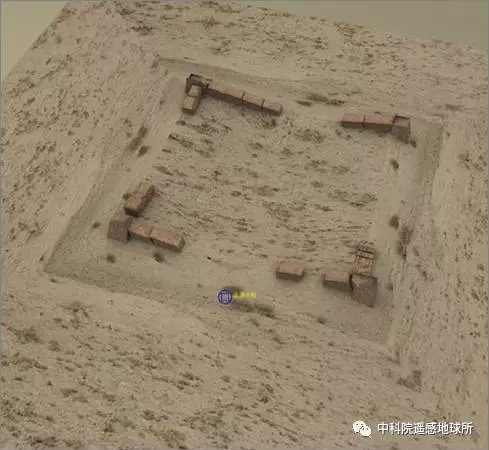More than 1,000 years ago, several dotted, flake-shaped sections of the Great Wall stood in Xinjiang, protecting the border and the trade road.
Recently, researchers from the China Institute of Remote Sensing and Digital Earth (RADI) under the Chinese Academy of Sciences (CAS) analyzed the distribution of ancient Great Wall sections in Xinjiang using remote sensing technology. They also used the technology to “restore” the wall’s appearance.

(Photo/WeChat of RADI)
Remote sensing archaeology entails the use of electromagnetic waves and other sensors for long-distance observation and detection of surface and underground remains. Aerospace development, and especially the increased resolution of remote sensing satellites, has provided greater precision and a more efficient platform for remote sensing archaeology.
Nie Yueping, a researcher at RADI, explained that electromagnetic waves produced by vegetation, soil and geomorphology are different from those of historical sites. Such differences cannot be seen by the naked eye. However, special equipment can obtain electromagnetic wave data via remote sensing platforms such as space shuttles, satellites and unmanned aerial vehicles. Archaeological information then can be extracted from the data through computer processing.

(Photo/WeChat of RADI)
So far, more than 600 ancient remnants of the Great Wall have been found. Yu Lijun, an associate researcher at RADI, said that the team has outlined a Great Wall resource distribution line, and are working to “restore” images of the ancient Great Wall. Through virtual reality technology, people may soon be able to take an online tour of the remains in Xinjiang.
Compared with traditional archaeological methods, remote sensing has many advantages. With the popularization of satellite technology, remote sensing data can be obtained under all weather conditions. Moreover, the cost of using the technology is relatively low, and causes little damage to ancient remains.

(Photo/WeChat of RADI)
Source: en.people.cn

































Leave a Comment
You must be logged in to post a comment.